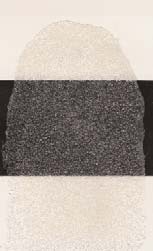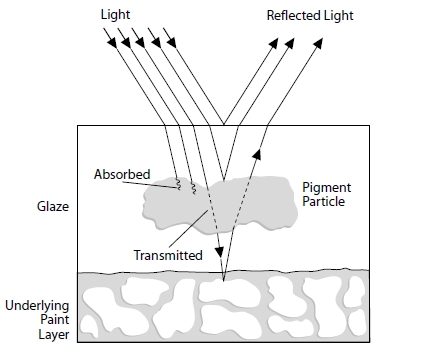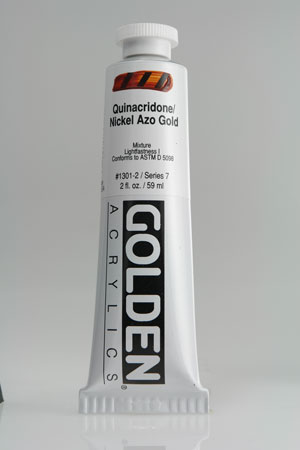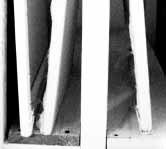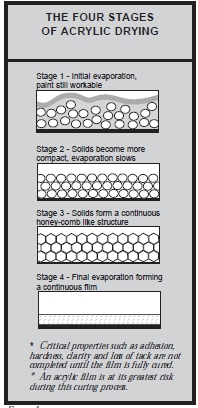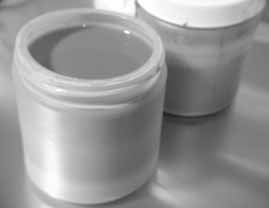As part of the Custom Lab’s efforts to increase visibility of and experimentation with new materials, we are pleased to share with you some of the products we have recently developed. As these are experimental products, availability may require longer lead times. Mike Townsend of GOLDEN Technical Support has reviewed these new products to give … Read more
Home>Acrylics> New Product > GOLDEN Custom Lab
Archive | Acrylics
“Test for your application.” So runs the common coda that ends many of our emails and closes our conversations. At the most fundamental level, it simply means trying out a new material or technique in a way that closely mimics how you hope to use it. Other times it requires being something of sleuth and … Read more
By Sarah Sands This article examines the technical aspects of creating “luminous effects” in acrylic painting. By “luminous effects” we primarily refer to the use of transparent layers, called glazes, to create a sense of luminous, glowing color and depth. We will not touch upon Fluorescent or Phosphorescent pigments, which act by a completely different … Read more
First the bad news: We have been forced to discontinue our most venerable color, a color we introduced to the marketplace, and one that soon became our signature color – Quinacridone Gold. The pigment manufacturer will no longer support the required pigment, and despite an exhaustive search, there is simply no other source to be … Read more
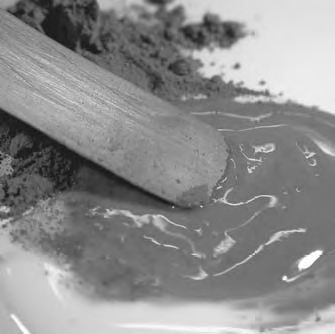
By Dana Rice You’re seated at a white clothed table in an uptown restaurant; the chef has just placed an incredible creation down in front of you. You take a bite and a complex mixture of flavors and spice awaken your palette. You can’t quite put your finger on it, but there is an ingredient … Read more
Here are some questions and answers covered in the GOLDEN Technical support program. We hope you find this section informational and useful. While you are painting, if you come across a technical difficulty or question, please feel free to contact us for technical assistance at 1-800-959-6543 or go to www.goldenpaints.com. Is it a problem to … Read more
Providing the Value, Strength and Respect of Marketplace Consensus ASTM International is one of the largest voluntary standards development organizations in the world. The not-for-profit organization provides a global forum for the development and publication of voluntary consensus standards for materials, products, systems, and services. Founded in 1898, the organization has over 30,000 members from … Read more
When artists create paintings their focus is typically on issues of aesthetics. Concerns over the substrate, ground, painting materials and the overall durability or integrity of the work are typically either built into the working style, or not. Usually, last among the concerns for the work is its stability in regards to its storage and/or … Read more
The dialogue continues. Here are some topics covered in Golden Artist Colors ongoing technical support program. We hope you find the information useful, and remember, when acrylic quandaries arise we are available and interested. 1-800-959-6543 www.goldenpaints.com Most paint mixtures should keep well on the shelf. However, the earliest sign of a negative change is to … Read more

The many considerations an artist will face when embarking on a mural project may be imperceptible to a casual viewer of these large, often public, artworks. There are many different types of murals and mural applications, and each type presents its own set of challenges. The muralist will want to ensure the mural’s integrity by … Read more

